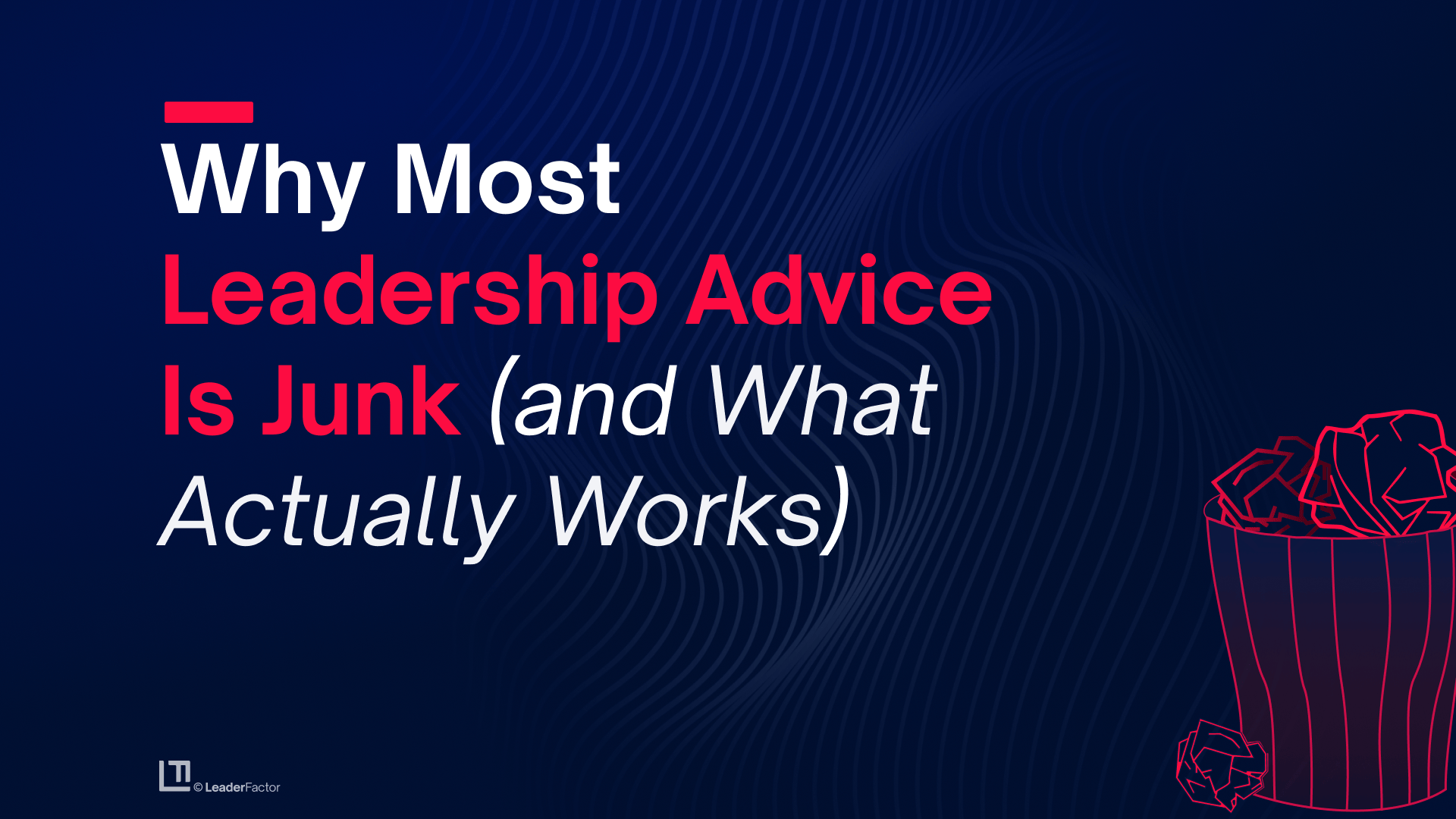Our website use cookies. By continuing navigating, we assume your permission to deploy cookies as detailed in our Privacy Policy.
March 18, 2024
We're talking about interview questions this week. Why? Because poor interview protocols are dangerous and inefficient. They decrease your chances of finding the right person to join your team. During the episode, Tim and Junior highlight the limitations of traditional interviews and give you 10 unique interview questions to help you improve your 3D interviewing skills. Some of these questions are kind of unconventional. But the concepts should help you create a more engaging and effective interview experience that will land you hires that you love.

We're talking about interview questions this week. Why? Because poor interview protocols are dangerous and inefficient. They decrease your chances of finding the right person to join your team. During the episode, Tim and Junior highlight the limitations of traditional interviews and give you 10 unique interview questions to help you improve your 3D interviewing skills. Some of these questions are kind of unconventional. But the concepts should help you create a more engaging and effective interview experience that will land you hires that you love.
Takeaways
Chapters
00:00 Introduction and Importance of Interview Questions
01:23 Improving the Interview Process
06:24 The Limitations of Traditional Interviews
08:11 The Concept of 2D vs 3D Interviewing
09:08 The Impact of Personal Life on Work Life
10:31 The Importance of References
11:30 The Challenge of Resume Accuracy
14:03 The Problem with Rote Interview Questions
15:01 Question 1: What are you better at than anyone else within a mile of this room?
18:39 Question 3: What don't you know that you wish you knew?
21:07 Question 4: How would your enemies describe you?
21:36 Question 5: How far away is the future?
23:03 Question 6: You're the president of the country and you get impeached. Why?
23:31 Question 7: What's something that you know for sure?
24:00 Question 8: Tell me about the last time you spent your own money to learn something new
36:24 Question 9: What's the first thing a team member would complain about when working with you?
41:13 Question 10: What character in a popular film or book are you most like?
51:40 Continually Refining the Interview Process


